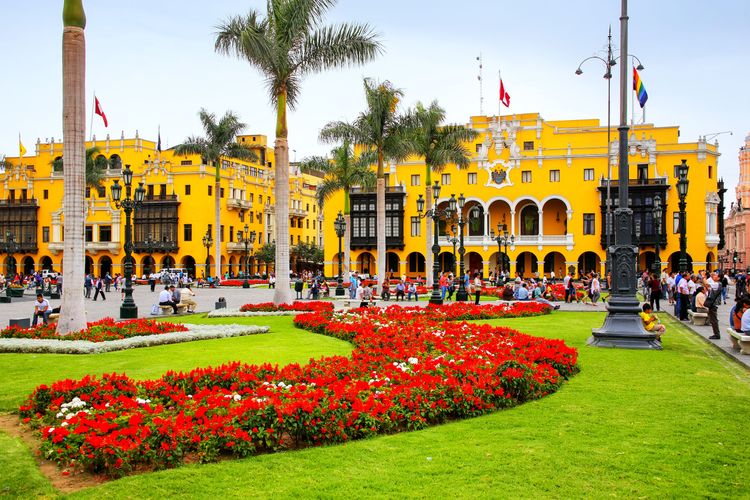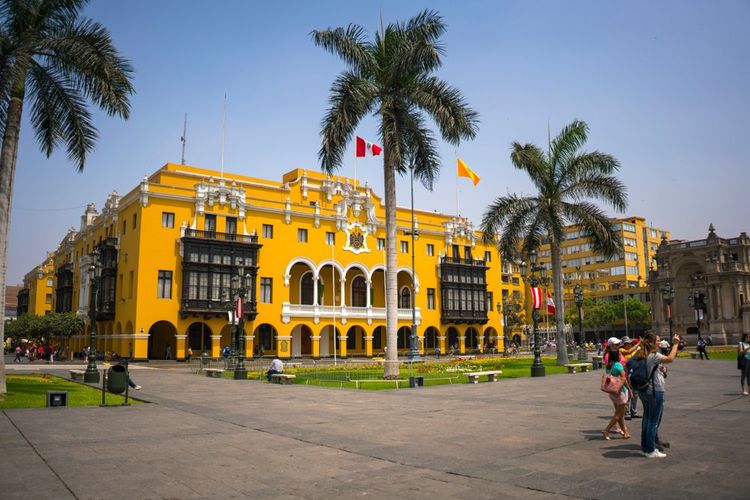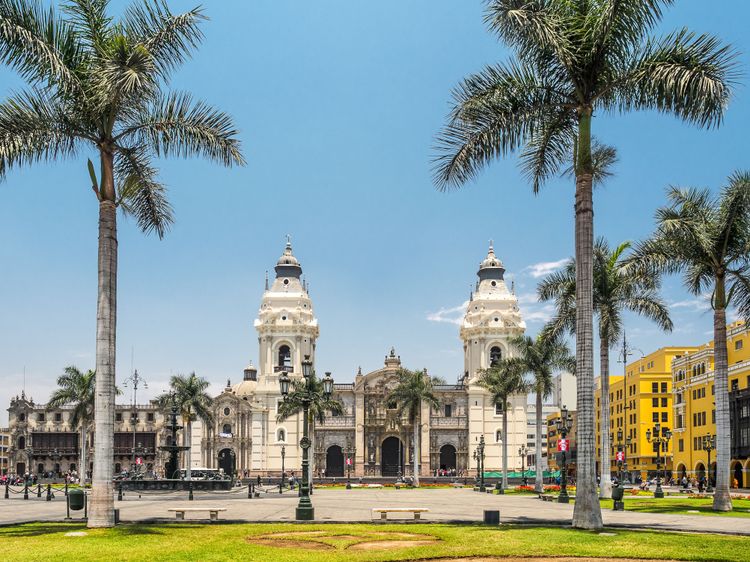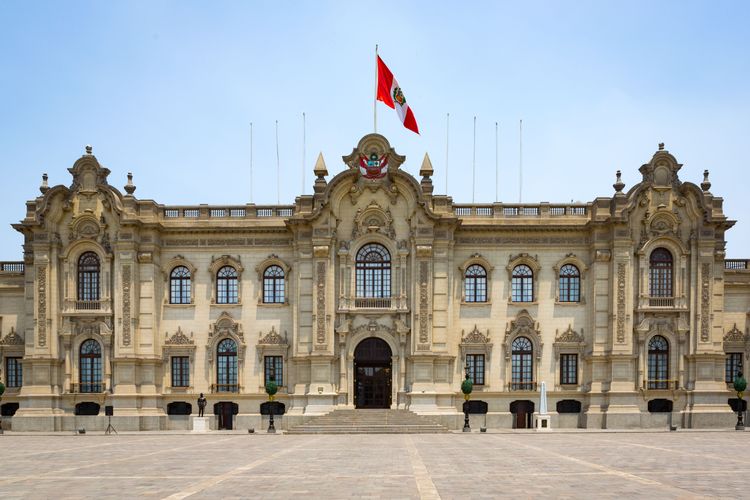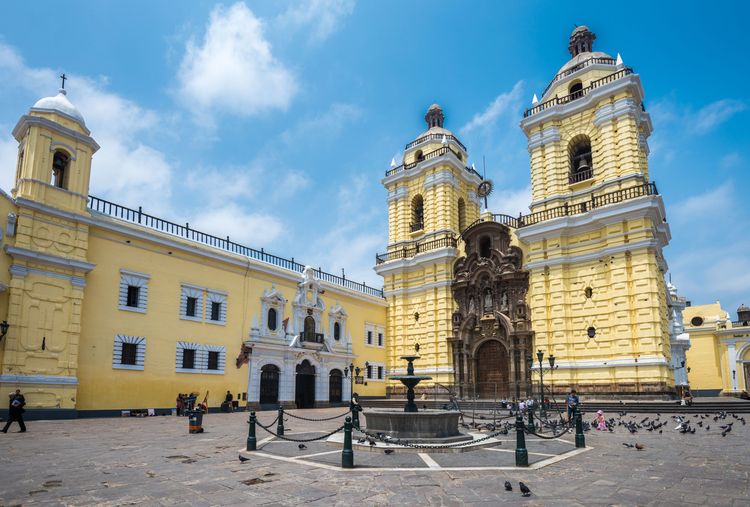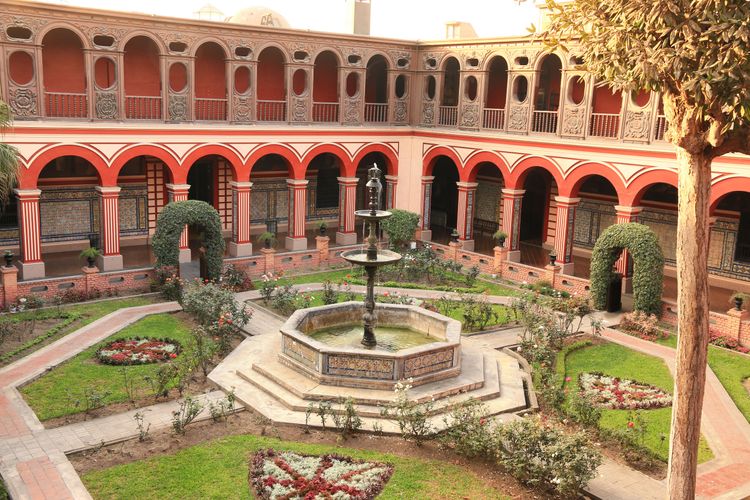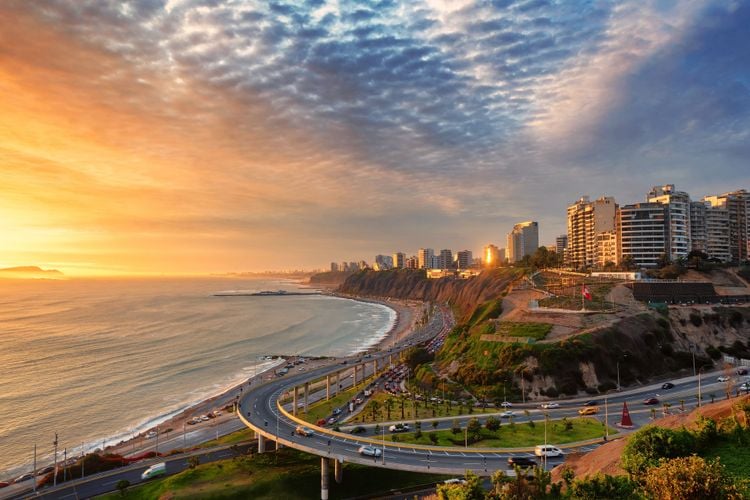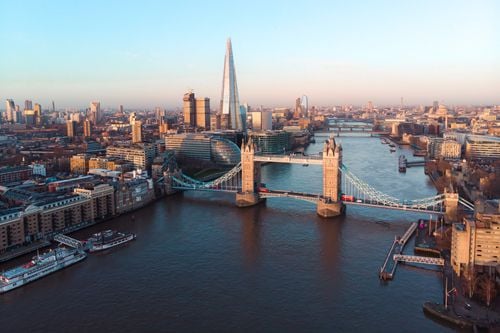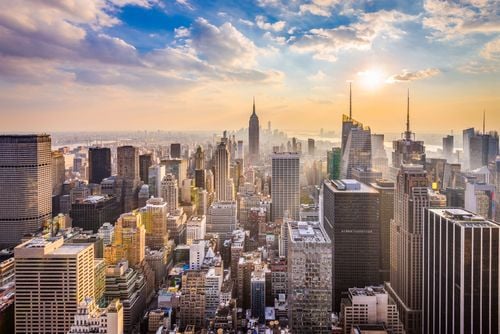Founded in 1535, the Plaza Mayor is the oldest square in the city. The architecture of the buildings erected all around the square makes this obvious. It was Francisco Pizarro, the Spanish conqueror, who founded the city of Lima around this square when he won the battle against the Incas. He built his palace on the site where the government palace now stands.
Plaza San Martin is one of the city's largest squares. It is recognisable by the statue that stands in its centre. It is of General José de San Martin, the man who delivered the country and proclaimed Peru's independence in 1921. In this square, don't miss the Hotel Bolivar, which has welcomed many famous people, from Charles de Gaulle to Mick Jagger in 1980.
